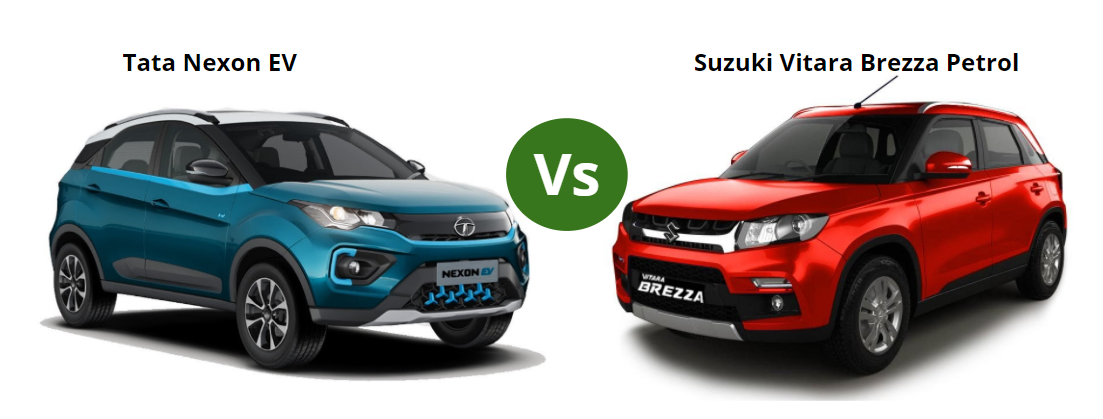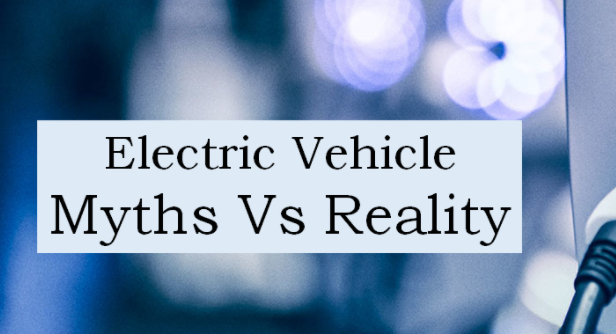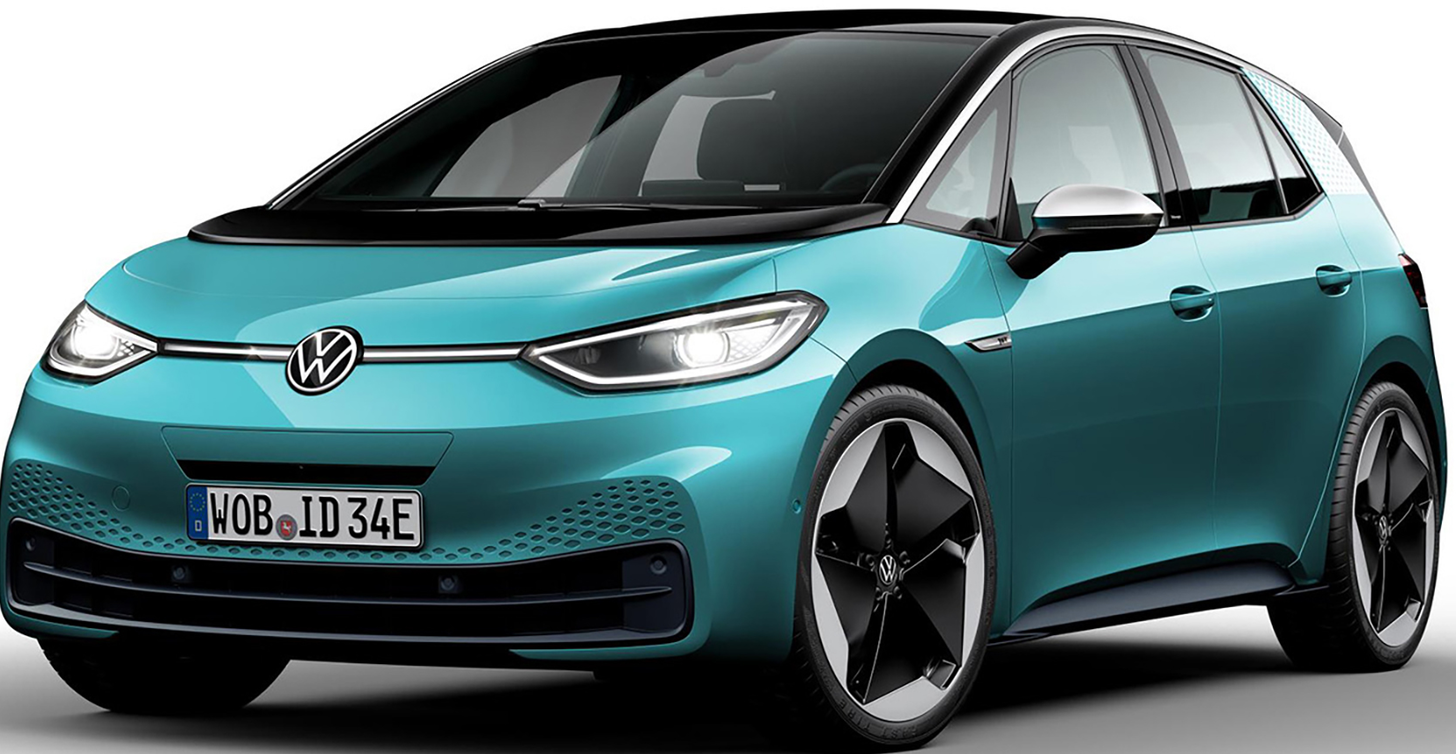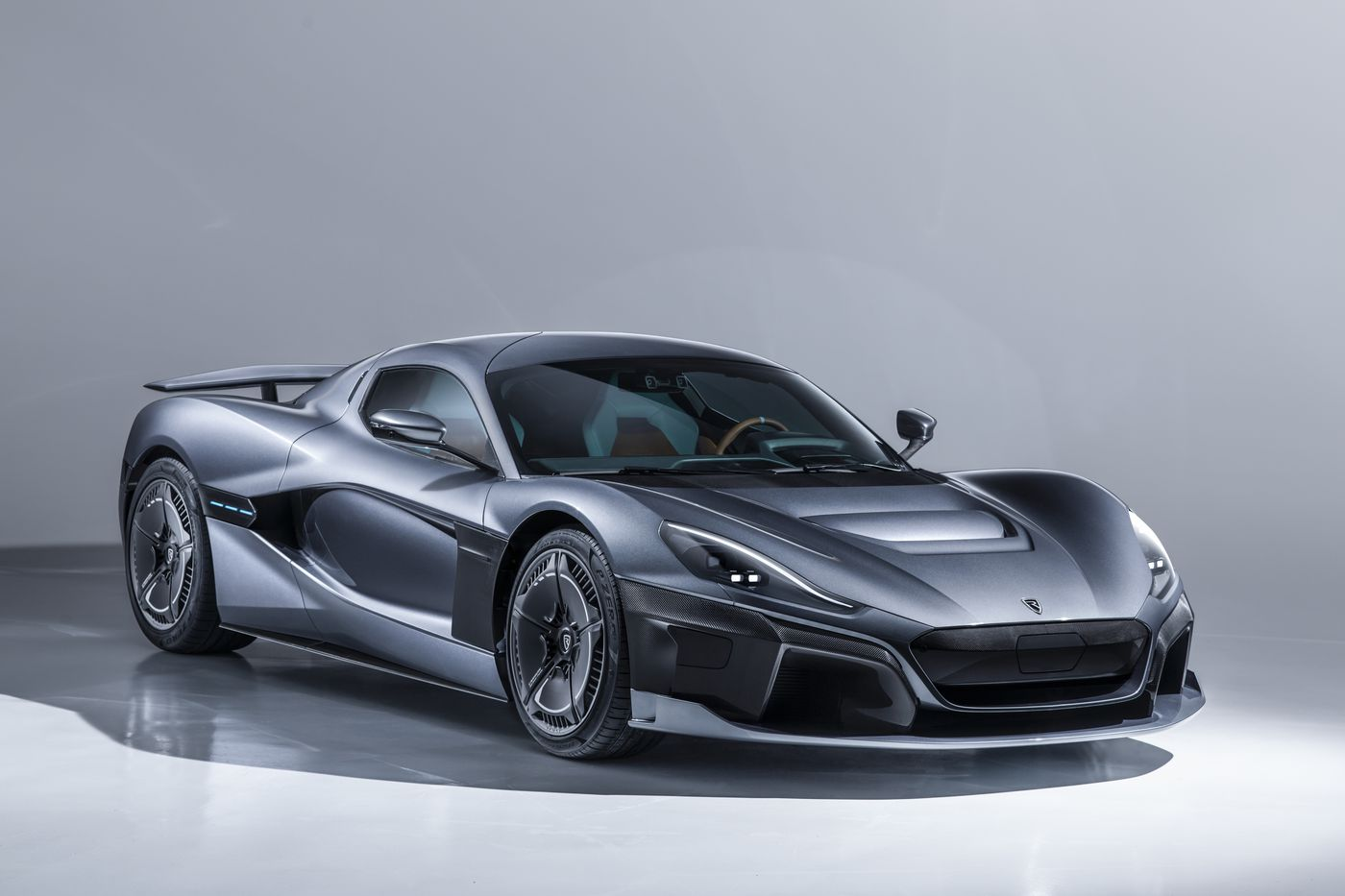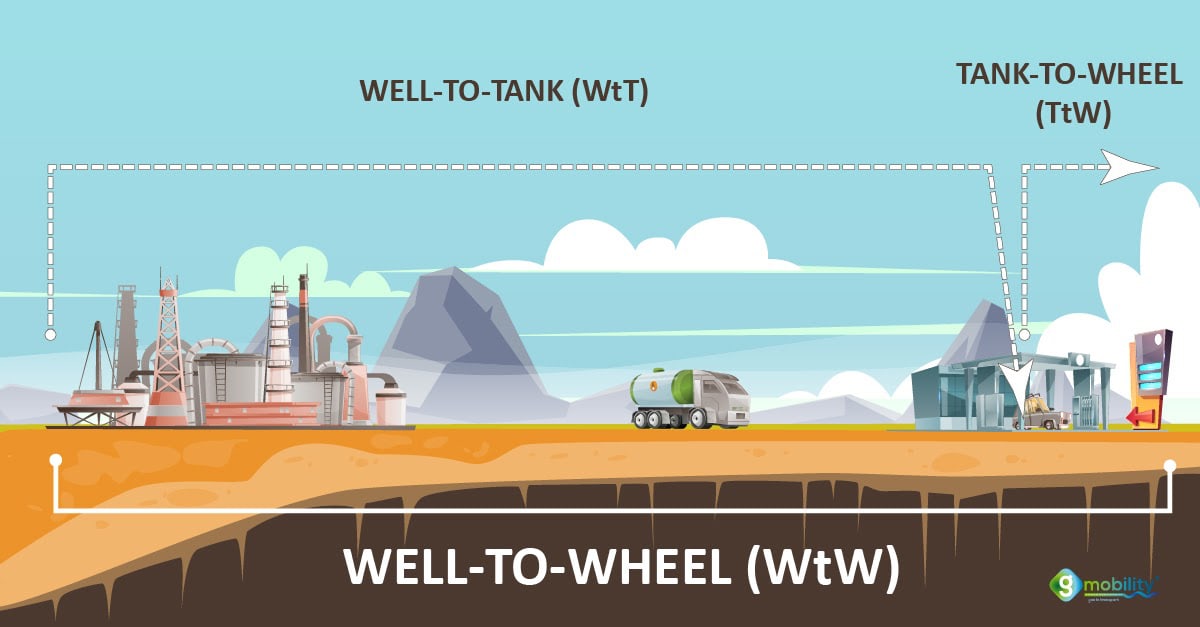Why OEMs are wary of EV disruption?
EV revolution has the potential to threaten the survival of established OEMs if they do not make swift changes to their product portfolio.

OEMs & Tier 1 suppliers expressed deep concerns over Industry sustenance if governments force them to move to Electric vehicles, following reactions sums it up,
“The current business model of the car industry is going to collapse,” Toyota president Akio Toyoda warned if the industry shifts to EV too hastily.
Bosch chairman Fehrenbach's comment about Electric vehicles "German industry should really take a stand against it.” - T3N reports translated from German
Maruti's Ayukawa says customers are still not ready for electric cars - Feb 2020, MINT
But Consumers think otherwise, they are keen to transition to electric mobility. An international consumer survey conducted by Alix partners indicates 50% of the 7600 surveyed across Europe, Asia and the USA showed interest in owning an electric vehicle.
If consumers are keen and governments are supportive, then why do established OMEs fear the EV transition? The answer lies in the current business model of the auto industry.
1.Technology & Supply Chain mismatch 🏭📦
Electric vehicle technology is very different compared to the traditional Internal Combustion Engines (ICE), making EV an unfamiliar territory for OEMs
Add to it is the difference in the supply chain for EV components like Motors & Battery. There is no synergy whatsoever with ICE engine components. Currently, the Auto industry relies on a machine shop that has driven the supply chain viz. Engine, fuel systems, gearbox, etc., whereas EV supply chain is Electrical and Electronics focussed.
With EV components like Motor, Battery & Power electronics contributing to more than 50% of the cost of the vehicle, this poses a unique challenge as OEMs struggle to find a foothold in the Electric vehicle ecosystem.
2. Legacy Investment 💰💰
Auto OEMs & Tier-1 suppliers are heavily invested in the past, hence reluctant to pursue anything that risks these investments. Who would want to disturb their apple cart when the going is good?
Legacy investments include Plant, Machinery, and People resources specialized in Internal combustion engines, fuel injection, exhaust system, emission technologies, engine management system (EMS), clutch, complex gearbox, etc. These investments would go redundant during the EV transition and increase the depreciation pressure on the balance sheets of OEMs.
But isn’t it good to ditch the past and ride the wave of new technology? It is easier said than done. Kodak is a classic example here; the first digital camera was invented by a Kodak engineer. But Kodak never pursued it as they saw this innovation as a threat to its then film roll business. We all know what happened to Kodak after that, “if you do not disrupt your own business, someone else will”.

3. Profitability💷💷
The principle of 80:20 plays a role here; Business focus would always remain around the activity which generates 80% of the profit. The rest 20% is usually ignored. The activity which generates a lion’s share of profitability for an Auto OEM is Petrol/Diesel vehicles, hence there is a high affinity to stick to it.
The issue which keeps OEM CEOs awake at night is the high manufacturing cost of EVs. Manufacturing an EV is 2.5 times costlier than ICE vehicles, which puts tremendous pressure on profitability.
Another factor that has the potential to wipe out the profit margin for OEMs is the reduced after-sales service requirement of EVs. Auto OEMs earn close to 25% of their profit from after-sales service activities like Spare parts sales, Lubricants, Additives, Engine / Gearbox Reconditioning, etc. With EVs, the number of moving components reduces by 90% and hence the need for servicing and maintenance. This would have a catastrophic effect on OEM’s profitability.
In a survey conducted by McKinsey in 2020, 74% of OEM respondents across the globe felt their overall profitability will go down because of EVs.
4. New Entrants⚡⚡
With EVs, vehicle architectures have become a lot simpler. The absence of vibrating mass (engine) in the vehicle means a simple and straightforward architecture, which reduces the entry barrier for new entrants.
This has already resulted in several start-ups like Tesla, Lucid, BYD, and non-Automotive players like Foxconn, Baidu entering the space offering many attractive propositions compared to traditional OEMs. And in the electric scooters (e2w) segment too, one can see many new start-ups like Ather, Okinawa, Simple energy, etc.

These factors sum up the reluctance of OEMs to join the Electric bandwagon. But the change to EV is inevitable, the clock is ticking!!!
Hope you found this article useful. To receive automatic notification for our future articles, please don’t forget to subscribe below
Team "EV Quotient"
(EV Quotient is a platform to discuss and learn about electric vehicles. It’s an initiative by a team of experienced Automotive professionals with Global Exposure)





